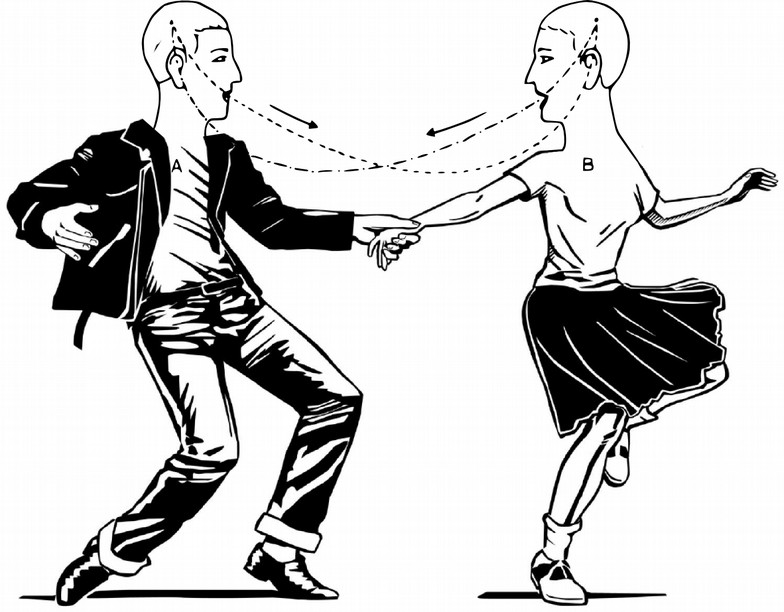
Here are the references from my talk at the 5th Ethnography and Qualitative Research Conference, University of Bergamo, June 5-7, 2014
Interactional Choreography: rhythms of social interaction in the co-production of an aesthetic practice.
- De Saussure, F. (1959). Course in general linguistics. (C. Bally & A. Sechehaye, Eds.). New York: Philosophical Library.
- Iwasaki, S. (2011). The Multimodal Mechanics of Collaborative Unit Construction in Japanese Conversation. In J. Streeck, C. Goodwin, & C. LeBaron (Eds.), Embodied Interaction Language and Body in the Material World (pp. 106–120). Cambridge Univ Press.
- Jefferson, G. (1988). Preliminary notes on a possible metric which provides for a’standard maximum’silence of approximately one second in conversation. In D. Roger & P. Bull (Eds.), Conversation: An interdisciplinary perspective. Clevedon, UK: Multilingual Matters.
- Kirsh, D., Dafne Muntanyola, R., Jao, J., Lew, A., & Sugihara, M. (2009). Choreographic methods for creating novel, high quality dance. Proceedings, DESFORM 5th International Workshop on Design & Semantics & Form, 188–195.
- Lerner, G. (2002). Turn-sharing: The choral co-production of talk-in-interaction. In C. E. Ford, B. A. Fox, & S. A. Thompson (Eds.), The language of turn and sequence (pp. 225–257). New York: Oxford University Press USA.
- Shannon, C. E. (1948). The mathematical theory of communication. 1963. M.D. Computing : Computers in Medical Practice, 14(4), 306–17.
- Stivers, T., Enfield, N., Brown, P., Englert, C., Hayashi, M., Heinemann, T., … Levinson, S. C. (2009). Universals and cultural variation in turn-taking in conversation. Proceedings of the National Academy of Sciences of the United States of America, 106(26), 10587–92.
- Whalen, J., Whalen, M., & Henderson, K. (2002). Improvisational choreography in teleservice work. The British Journal of Sociology, 53(2), 239–58.